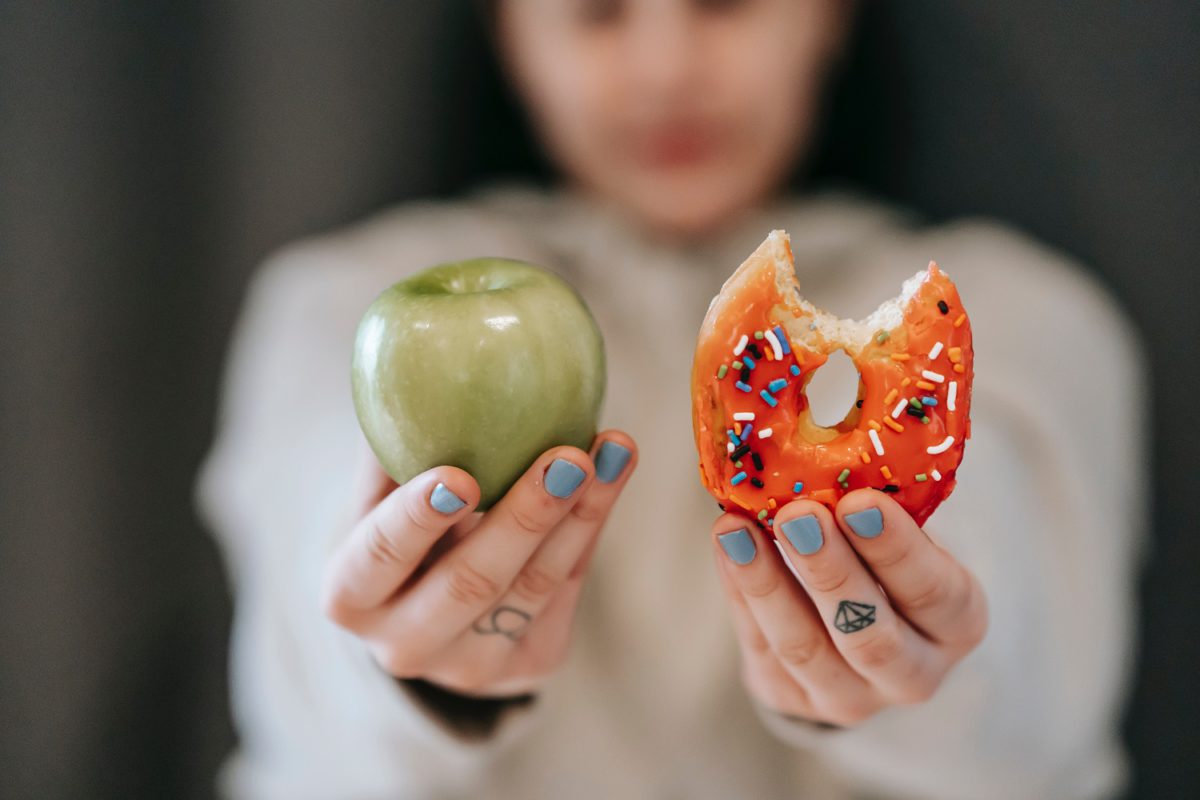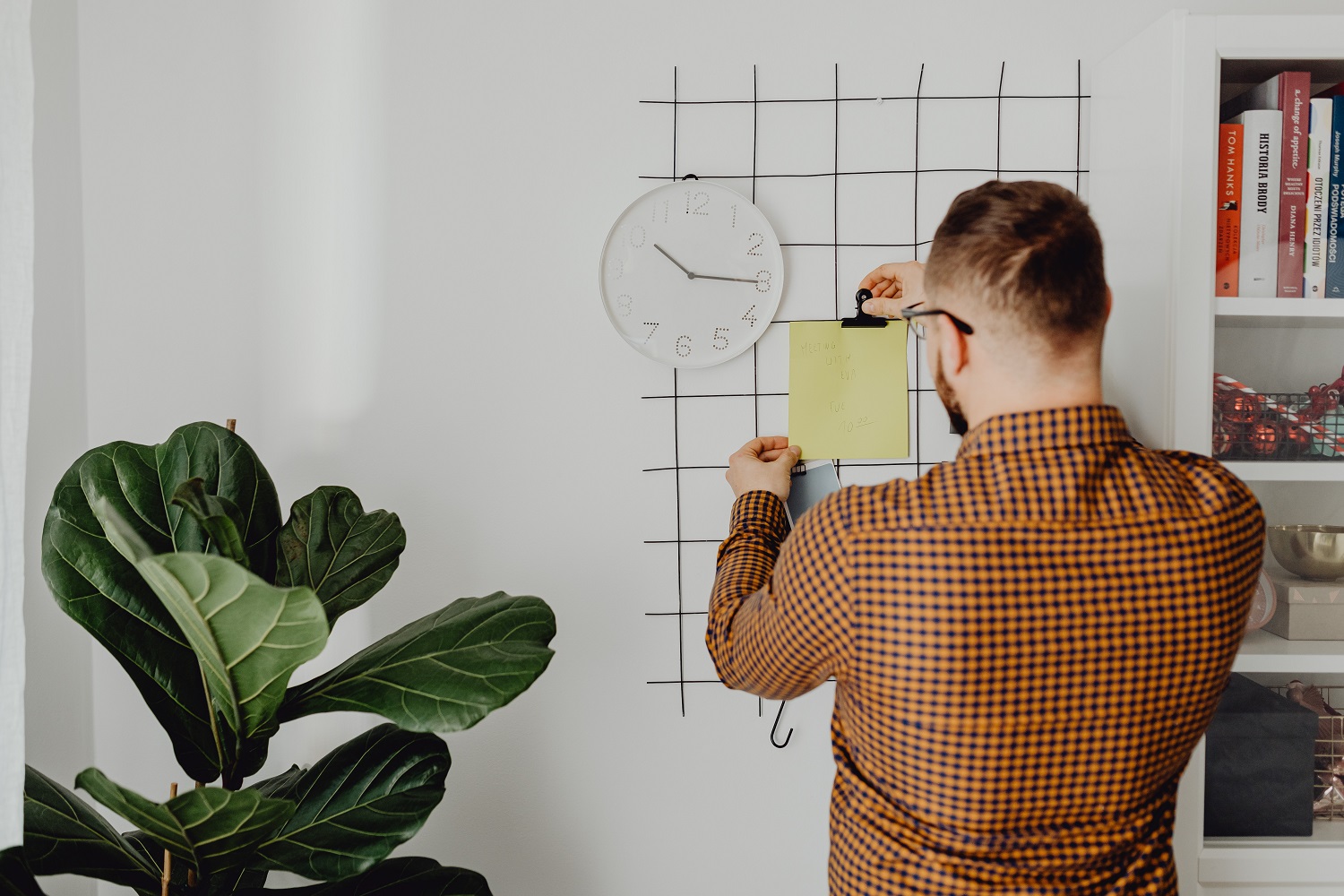3 Tricks for Transforming Your Habits Towards a Sustainable Lifestyle
By unlocking behavioral change, you can master the simple strategies for a more sustainable tomorrow.

Eva Krockow, a lecturer at the University of Leicester in the United Kingdom, estimates that the average person makes almost 35,000 decisions every day, including what to eat for breakfast and what to wear.[1] By the end of the day, you feel exhausted, but you have no idea why.
When it comes to sustainability and environmentally friendly behaviors, the pressure we feel while making choices and taking action is even heavier, making it difficult to start a path toward a more sustainable lifestyle. Here is how to become a more sustainable consumer with small and consequential steps using some simple and effective tricks.
In matters of sustainability and eco-friendly conduct, the pressure amplifies during decision-making and action-taking. But there’s a way to easily overcome that with small, consequential steps using some simple and effective tricks.
Where do I begin?
The first step toward making sustainable choices is discovering what type of sustainable customer you are, as explored in the last article, ‘Which Sustainable Customer are you?’. People aspire to make sustainable choices, but the starting point often remains obscure. GlobeScan’s research unveils this quandary, shedding light on the obstacles impeding the shift to a more sustainable lifestyle.[2] A stark discord between the intention to change and the tangible shift in lifestyle is a common thread. This stems from businesses frequently misaligned with customer desires and needs, though customer willingness shares part of the responsibility. The study revealed that while 50% of respondents express a desire for a more environmentally friendly lifestyle, only 25% manifest major changes towards that goal.[3] How then, can customers transition to an eco-conscious lifestyle? The key lies in the force of habits.
The power of habits
Repetitive actions create neural pathways in our brains, making their execution swifter and more automatic over time. As habits solidify, they release mental resources for other pursuits. Grasping the origin of habits empowers individuals to steer positive transformations—such as cultivating an eco-sensitive lens for decision-making.[4] Here’s how to harness that power.

Three tricks to getting sustainable habits[5]
1. Disrupting Bad Habits
To reshape undesirable habits, we can instigate shifts within our daily routines or contexts. Consider the opportunity to revamp your living space for efficiency when you relocate or renovate. Altering our environment can guide us toward sound decisions and sever ties with past unproductive behaviors. For example, shop at stores you know offer greener alternatives to your everyday needs.
2. Penalties and Incentives
Penalties, like fines or taxes on unsustainable actions, hold potential to deter certain behaviors. Yet, they might not consistently yield desired results and can evoke resistance. A familial journey toward sustainable living can be gamified by embracing lighthearted penalties and appealing rewards tied to the attainment—or non-attainment—of set objectives. In a family, for example, creating a journal with scores based on sustainable and unsustainable acts made during the day is a highly dynamic method to enable everyone to be a part of a more sustainable lifestyle. The family member with the highest score at the conclusion of the week wins a prize.
3. Using Prompts
Prompts are reminders that encourage us to engage in sustainable behaviors. Simple and clear prompts placed where the behavior occurs can be effective in promoting positive habits. In your house, you can use post-it notes strategically—such as near light switches to prompt turning off unused lights or in the kitchen as a cue for reduced water consumption—can anchor these behaviors in your routine.
Starting is key
It is true that many businesses are not helping their customers reach a more sustainable lifestyle as much as they should, but people’s willingness plays a fundamental part in the process. The main barriers to a radical shift are the formation of detrimental habits for the environment and the difficulty of changing them. The three tricks presented will guide you toward a more sustainable lifestyle—a voyage that promises not only a positive impact but also an enjoyable path free from undue pressure.
References
[1] “Decision fatigue.” Available at: https://edition.cnn.com/2022/04/21/health/decision-fatigue-solutions-wellness/index.html#:~:text=Whether%20you’re%20making%20breakfast,put%20your%20finger%20on%20why.
[2] “People Want to Make Healthy and Sustainable Living Choices.” Available at: https://globescan.com/2020/10/07/people-want-healthy-sustainable-living-choices-2020/
[3] “People Want to Make Healthy and Sustainable Living Choices.” Available at: https://globescan.com/2020/10/07/people-want-healthy-sustainable-living-choices-2020/
[4] “Changing Habits.” Available at: https://learningcenter.unc.edu/tips-and-tools/changing-habits/
[5] “How to SHIFT Consumer Behaviors to be More Sustainable.” Available at: https://journals.sagepub.com/doi/full/10.1177/0022242919825649
Author: Giuseppe Scandariato
Latest from the Blog